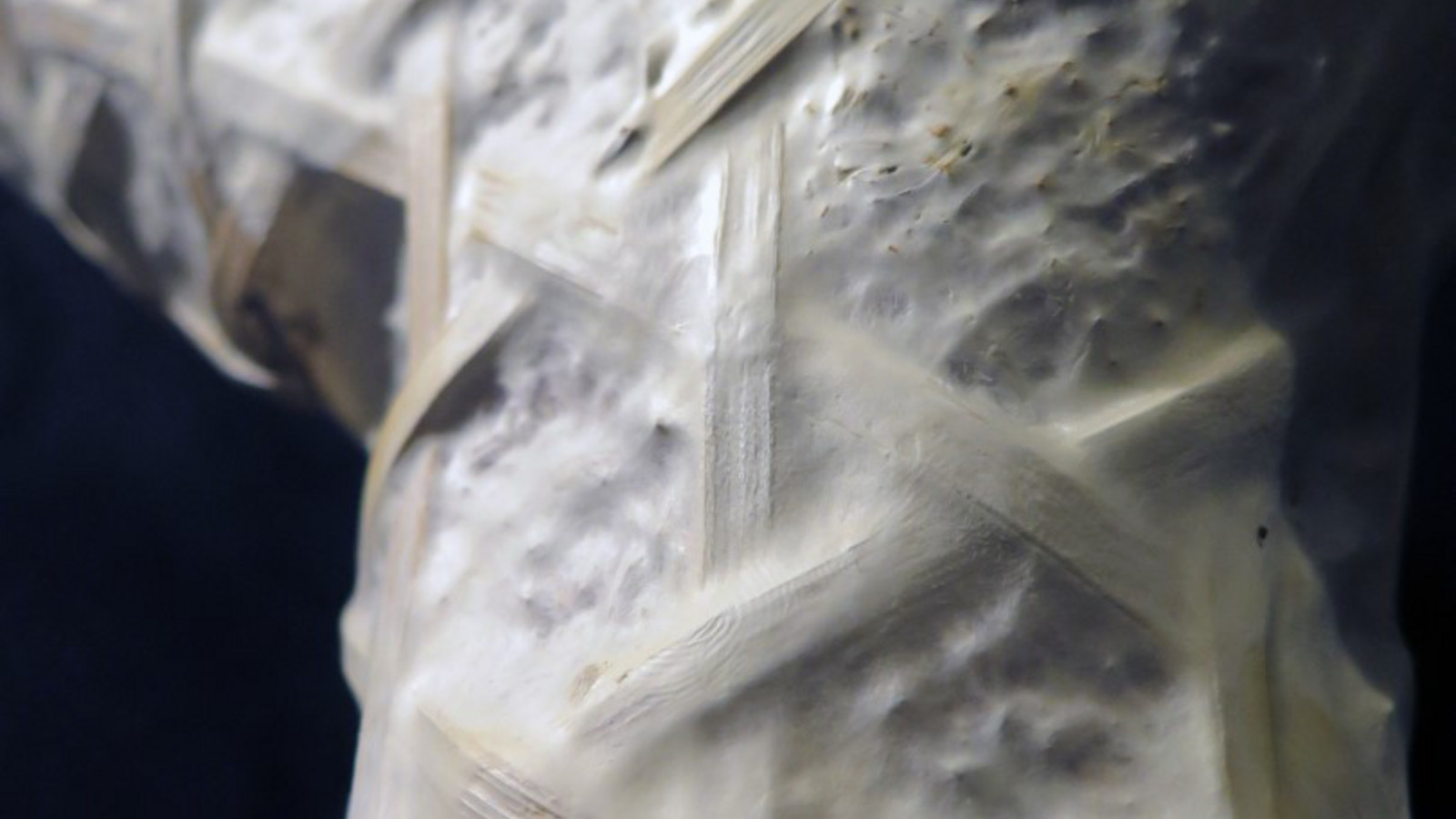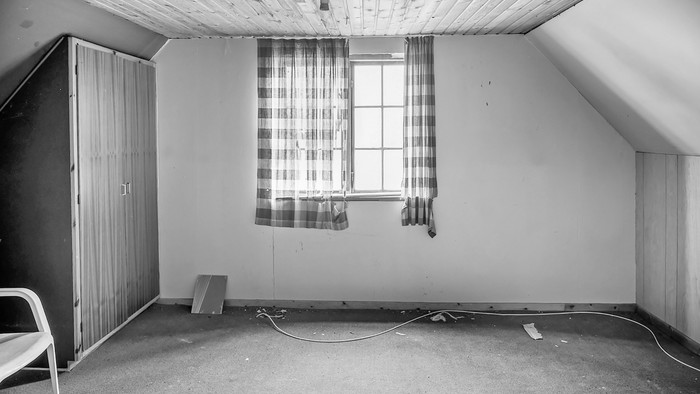Growing the Living

We currently sense a break down in most of our systems…not the least when it comes to the planet and its life carrying systems. But the real trouble, the crise of the crises, I would argue, is that we cannot understand or solve these challenges with our current mental concepts. What we experience is first and foremost a breakdown in not only matter, but also mind. To put it simply, the (by many measures) progress of the last 500 years has been based on the fundamental idea that “humans”, “nature” and “technology” can be considered as distinct, separate entities. Today, it is hard, an “unproductive”, to see how humans are different from any other form of nature, hard to distinguish where our body stops and technology starts, where we find a landscape that is not shaped or understood by the lenses of technology or human actions.
Triangle of confusion
In short, we face a triangle of confusion where “technology”, “humans” and “nature” are mixed…becomes hybrids. We are in Smith in general deeply interested in this new mental landscape as we strongly believe that our crises, with the planetary balance as the most critical, cannot be understand or addressed without mental reframing.
Today we dig into one specific dimension of this new landscape: what happens when materials and buildings become alive? What happens when biobased solutions go beyond harvesting grown materials (which besides sourcing, can be close to current practices). What we would like to explore today is the more radical approaches based on metabolism, that is when buildings are created by growing, materials, creating an architecture that is temporal, heterogenic and evolving – that is alive.
Prototypes in the making
It might sound like speculation or sci-fi….something to happen in the far future. But is a real thing…experiments and prototypes for making solutions suitable for construction based on algaes or mycelia is going on around the world and even though it is early days, the first applications are approaching the market.
For this reason, and because DK is actually on the forefront, we think it is time to take mushrooms and algaes seriously. And try to understand not only the technology, but also its wider implications. When you start thinking of this, the number of questions explode. What is it? How will it work? What kind of transformations will it take to make the bio-based material paradigm come to life in the construction industry, known for its institutional inertia and path dependencies. When, how (and if) to go from the present small-scale experiments at (mainly) university labs to manufacturing and markets working at scale? How to grow the living?





